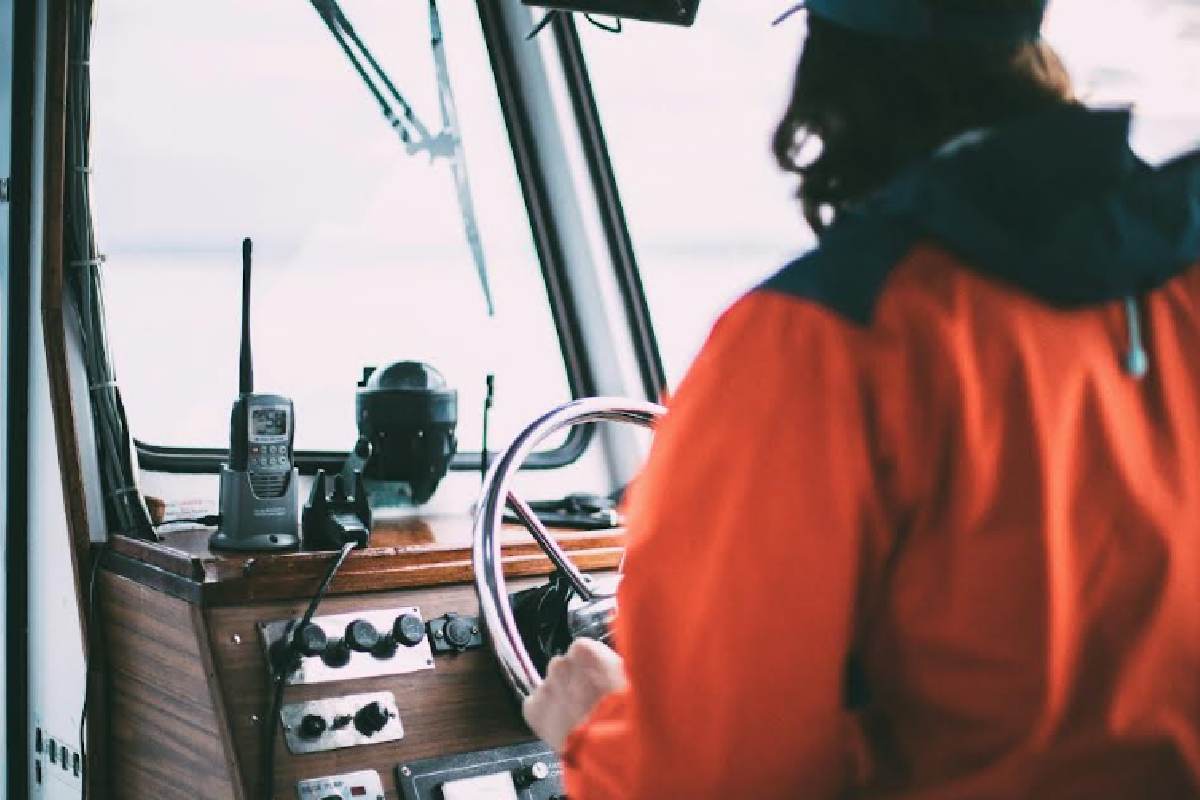
Let’s get one thing straight: advertised range is a lie.
You’ve seen the packaging—“Up to 35 miles of crystal-clear communication!”
Sounds great.
Until you step behind a hill. Or walk into a building. Or, heaven forbid, enter a forest. Suddenly, that “35 miles” feels more like… three blocks. Maybe.
Welcome to the real world of two-way radio performance—where terrain, weather, and the built environment conspire to mess with your signal, whether you like it or not.
So before you toss your radio across a job site in frustration, let’s unpack what’s actually happening.
Line of Sight: The Golden Rule of Radio Range
Here’s the dirty little secret of radio signals: they travel best in straight lines. No walls. No trees. No elevation changes.
Put two people on mountaintops with clear skies between them? Sure, you might hit that 30+ mile range. But put them in a concrete parking garage? You’ll be lucky to get 30 feet.
Line of sight matters. Always has. Always will.
Terrain: The Great Signal Slayer
Let’s talk geography. It’s the ultimate signal variable.
- Mountains: Big, beautiful, and totally signal-hostile. Elevation blocks and reflects waves like nobody’s business. Radios on opposite sides of a ridge? Good luck.
- Hills & Valleys: Natural signal dampeners. Elevation changes cause dead zones and bouncing signals that confuse weaker radios.
- Forests: Trees absorb radio waves. Dense canopy? Wet leaves? Signal strength nosedives. It’s like communicating through a sponge.
Moral of the story: the earth doesn’t care about your radio specs.
Buildings, Steel, and the Curse of Modern Infrastructure
Think the indoors will save you? Think again.
Urban environments are a minefield for two-way communication. Concrete, rebar, and glass don’t play nice with radio signals.
- Hospitals and warehouses? Multi-layered walls, metal shelving, and machinery = range kryptonite.
- Skyscrapers? Radios might work great floor-to-floor vertically, but struggle moving room-to-room horizontally. Especially underground.
This is where repeaters or LTE-based push-to-talk solutions start to earn their keep. But that’s another article.
Weather: The Invisible Interference
Mother Nature has her own opinions on signal clarity.
- Rain and snow can scatter radio waves—especially higher frequencies like UHF.
- Fog and humidity? They can absorb energy from signals, slightly reducing range.
- Extreme heat may affect battery life, which indirectly affects power output—and, yes, range.
While weather doesn’t always wreck communication, it definitely adds static to the equation. Literally.
Frequency Bands: UHF vs. VHF (And Why It Matters)
Not all two-way radios are created equal. Frequencies impact how signals travel.
- VHF (Very High Frequency): Better in open terrain like fields and deserts. Longer range outdoors. Struggles indoors or in dense environments.
- UHF (Ultra High Frequency): Shorter range in theory, but performs better in buildings and urban areas. Penetrates walls and obstacles more effectively.
The frequency choice should match the environment. Don’t just pick one because it “sounds stronger.”
Obstacles: It’s Not Just Distance—It’s What’s Between You
You might only be 500 feet apart, but if there’s a shipping container, brick wall, or pile of machinery in the way? Goodbye, signal.
Radio waves don’t just die—they reflect, scatter, and refract. That creates weird dead zones and overlapping chatter. It’s not broken. It’s physics.
How to Work With Reality (Not Marketing Promises)
Here’s the deal: managing expectations is half the battle.
Want your two-way radio to perform its best?
- Elevate your antennas when possible.
- Avoid low spots and tight enclosures.
- Understand your terrain—flat farmland ≠ dense city block.
- Consider radios with nationwide push-to-talk capabilities for backup beyond traditional range limitations.
Final Thought: Range Isn’t Fixed. It’s Conditional.
Signal strength isn’t a number—it’s a moving target.
Every tree, wall, hill, and steel beam is a variable. So forget the brochure promises. Understand your environment. Choose tech that fits your reality, not your fantasy.
Because when communication has to work, pretending you’re on a mountaintop doesn’t help anyone.